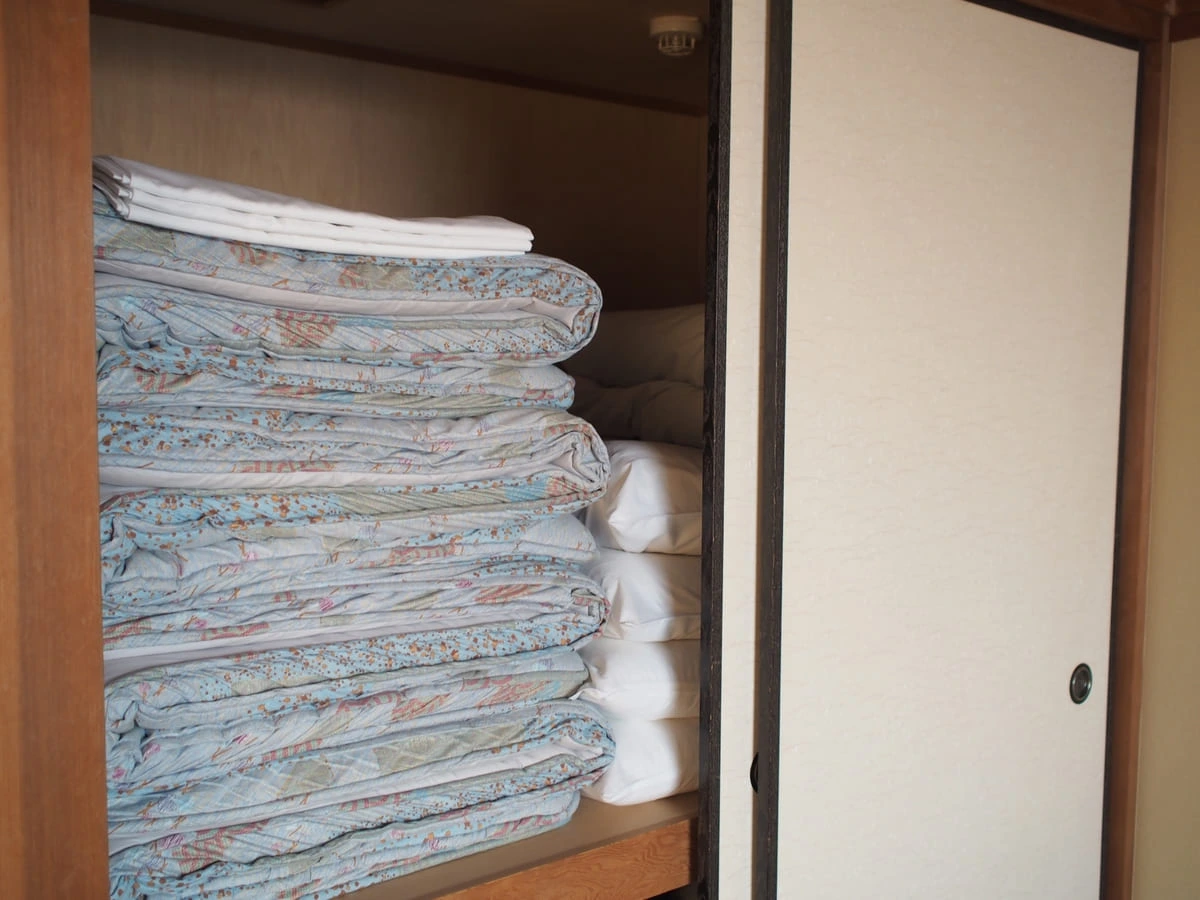Best Japanese Futon Storage Solutions: Keep Your Futon Fresh and Organized
How to Store a Japanese Futon Properly and Keep It Fresh
Learning how to store a Japanese futon properly is just as important as choosing the futon itself. Unlike Western mattresses, futons are designed to be folded and put away, freeing up valuable space during the day. Proper storage also helps prevent odors, dust buildup, and moisture-related issues.
In this article, we’ll cover the best storage solutions—from closets and futon bags to vacuum-sealed options—and share practical tips to keep your futon fresh for years of comfortable use.
Why Proper Futon Storage Matters
Leaving a futon out all day may seem convenient, but it can quickly lead to issues like dust, odors, or even mold buildup. Japanese households traditionally fold and store futons daily, both to free space and to extend the bedding’s lifespan. Proper storage keeps your futon:
- Cleaner and fresher for nightly use
- Protected from dust mites and allergens
- Longer-lasting, saving you money over time
Common Japanese Futon Storage Methods

Closet (Oshiire) Storage
In Japan, most homes have a sliding-door closet called an oshiire, designed specifically for futons. The futon is folded in thirds and placed inside, often stacked with pillows and blankets. For U.S. households, a standard bedroom closet can serve the same purpose if you use storage bags or boxes.
Futon Storage Bags
Storage bags are a practical way to keep futons dust-free.
- Cotton or breathable fabric bags are best for long-term storage since they allow air circulation and help prevent musty odors.
- Vinyl or plastic bags should be used only for short-term storage; they trap moisture and can lead to mold if used long term.
Folding and Sun-Drying Before Storage
Before storing, futons should be aired to reduce moisture. Folding properly (in halves or thirds, depending on size) helps maintain shape and makes storage easier.
Recommended Futon Storage Products (Amazon US)
You don’t need a Japanese-style closet to store your futon. These Amazon-available products can help replicate the experience:
Futon Storage Bags
- EMOOR Futon Storage Bag – Designed in Japan, breathable fabric, and handles for easy carrying.
- Whitmor Zippered Underbed Bag – A U.S. option that fits folded futons and slides neatly under the bed.
Vacuum-Sealed Storage Options
- Spacesaver Premium Vacuum Bags – Reduce futon size by up to 80%. After removing from the bag, futons regain fluff with proper sun-drying:
- Down futons: Almost full recovery
- Cotton / polyester futons: About 70–90% recovery
Note: Fabric creases may remain, so vacuum bags are not ideal for long-term storage.
- Ziploc Flexible Storage Bag (XL) – Budget-friendly choice for occasional or short-term use.
Portable Storage Racks or Containers
- IRIS USA Plastic Storage Container (XL) – Stackable, durable, and great for futons in garages or closets.
- Songmics Foldable Storage Box – Fabric box option with handles for lightweight futons.
Tips to Keep Your Futon Fresh and Long-Lasting
Proper storage isn’t just about where you put your futon, but also how you prepare and maintain it. A few key practices can dramatically improve freshness and durability.
Regular Sun-Drying and Airing (by Material)
- Cotton futons: 1–2 times per week, about 2 hours per side
- Polyester or wool futons: About once a week
- Down futons: Once or twice a month, about 1 hour per side
Rotate to expose both sides evenly, and always bring the futon indoors before evening dew.
Using Protective Covers
A removable futon cover acts as a first line of defense against sweat, dust, and stains. Wash it regularly to keep your bedding hygienic.
Avoiding Humidity and Mold
Never store your futon damp. If sunlight isn’t available, use an indoor futon dryer or a dehumidifier to keep bedding dry. Moisture is the main cause of mold and odor.
Storage Basics
- Place shikibuton (mattress) on the bottom and kakebuton (comforter) on top when storing.
- Before storage, sun-dry once, remove covers, and keep in a low-humidity space.
- Ventilate closets or storage areas occasionally to prevent condensation and musty odors.
Conclusion
Storing your futon properly is a simple habit that makes a big difference in cleanliness, comfort, and durability. Whether you use a closet, storage bag, or vacuum-sealed option, the key is to fold and air your futon regularly before putting it away.
With the right storage solution, you can enjoy the space-saving benefits of Japanese futons while keeping your bedding fresh and ready for a good night’s sleep.





